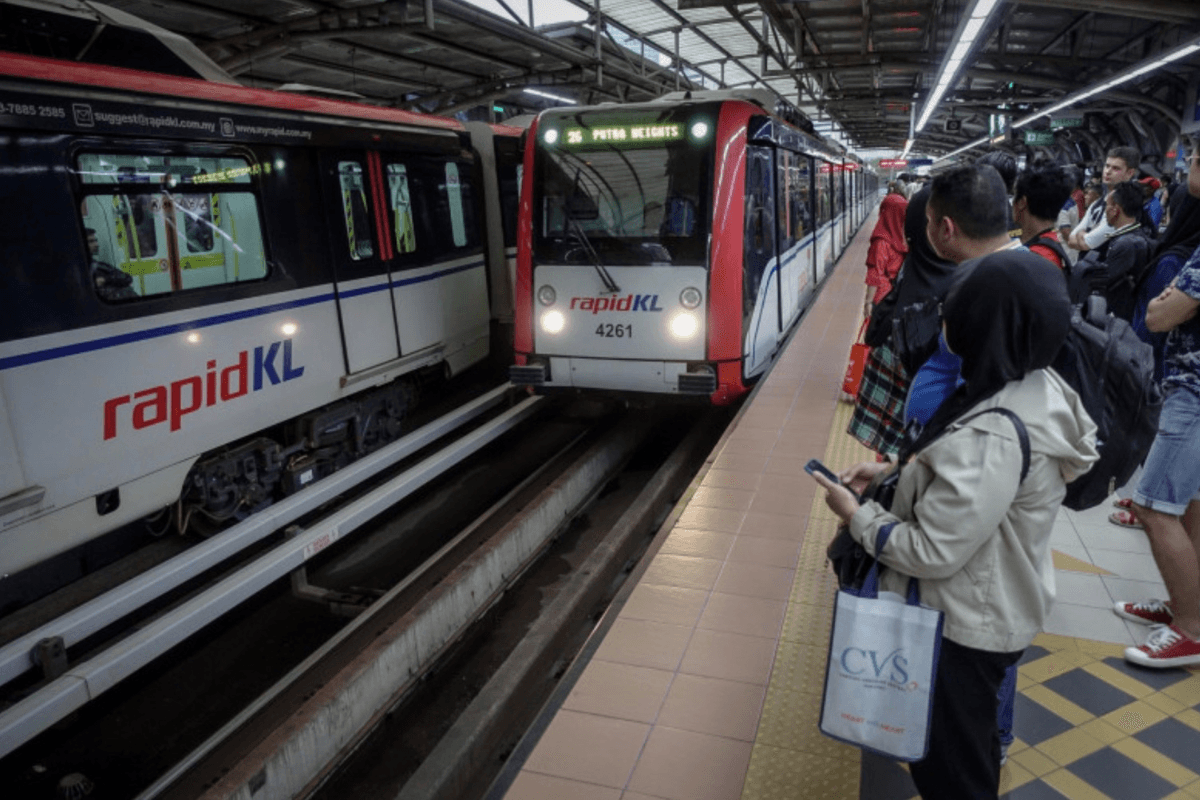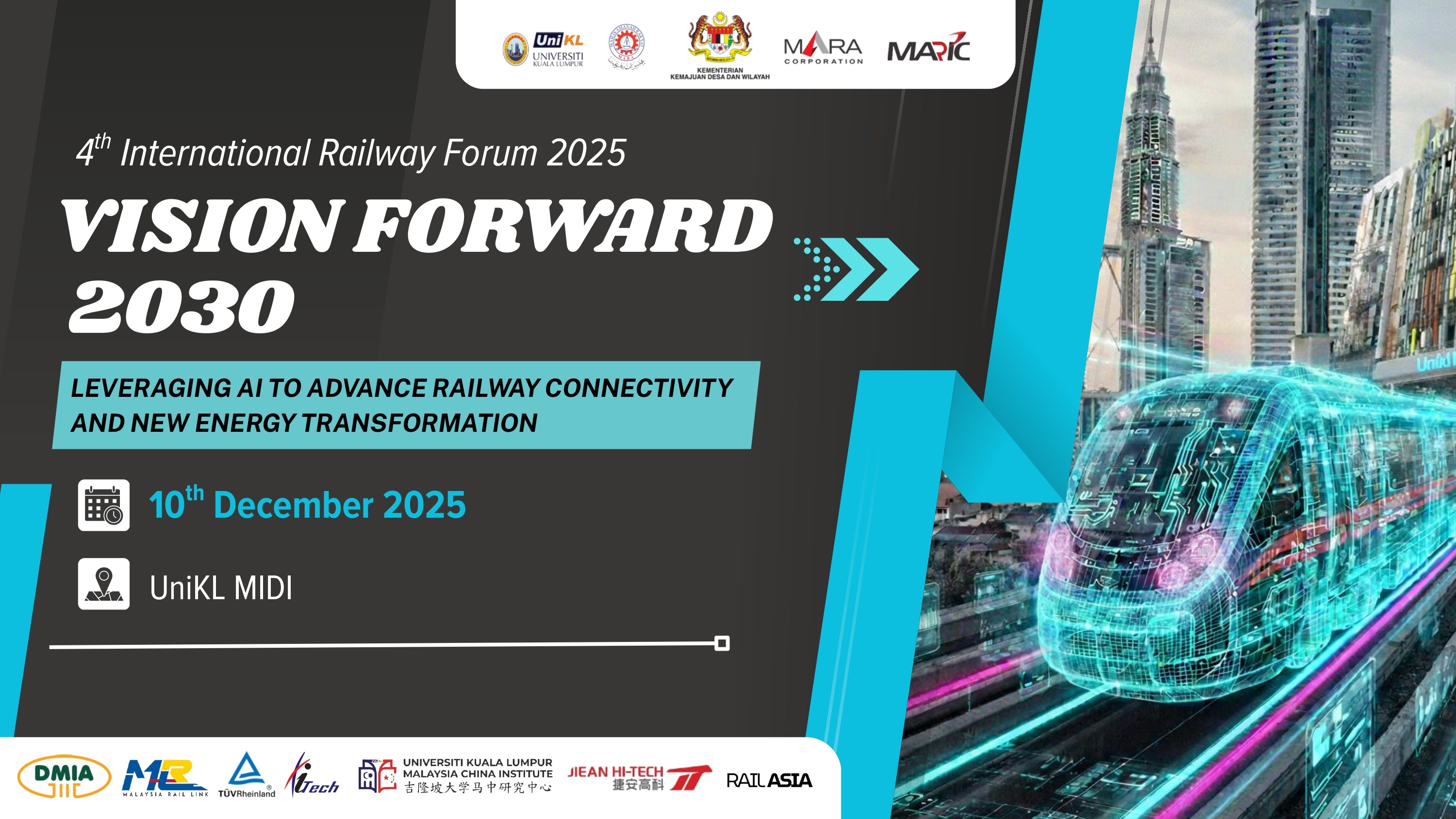Oct 27, 2025
Malaysia's Strategic Position Central to Singapore-Kunming Rail Link Advancement
KUALA LUMPUR, October 2025 — Malaysia’s strategic geography places it at the heart of the Singapore–Kunming Rail Link (SKRL) initiative a regional rail corridor designed to link China with Southeast Asia via Thailand, Malaysia and Singapore. As the land link between Thailand and Singapore, Malaysia finds itself in a crucial position in the South-East Asian network.
The SKRL concept (sometimes described as part of the broader Pan-Asia Railway Network) proposes a multi-thousand-kilometre corridor intended to integrate Cambodia, Laos, Malaysia, Myanmar, Thailand, Vietnam and China. Malaysia has affirmed its commitment to collaborative efforts with China to advance the project.
Domestically, Malaysia is already investing heavily in rail: the East Coast Rail Link (ECRL) and the Gemas–Johor Bahru electrified double-tracking upgrade stand out as pivotal components of the national rail build-out, and potentially as gateways into the SKRL framework. Analysts suggest Malaysia’s highest leverage lies in Johor (for the Singapore interface), the Klang Valley, and the ECRL corridor where connectivity to the broader region may be realised.
Nevertheless, substantial obstacles remain. Interface issues such as differing rail gauges, CIQ (Customs, Immigration, Quarantine) capacity at Johor Bahru, and the readiness of cross-border segments are cited as key bottlenecks. For example, the eastern corridor of the SKRL linking Kelantan (Malaysia) to southern Thailand remains incomplete, highlighting gaps in the land bridge. Analysts estimate that unless regional partners (especially Thailand) accelerate their network upgrades, full operationalisation of SKRL remains well beyond 2030.
For Malaysia, the stakes are high. If the SKRL vision materialises, the benefits include lower logistics costs, expanded market access, the potential growth of logistics hubs and special economic corridors, and alignment with environmental, social and governance (ESG) goals by enabling a shift from road to rail freight. But success will depend on coordinated progress across national borders, infrastructure standards, seamless intermodal and customs connections, and financial viability of the entire corridor.
In short, while Malaysia is poised to lead the southern implementation of the SKRL setting standards for border-linkage, intermodal connectivity and regional trade flows the ultimate outcome relies on a symphony of regional alignment, financing, technology standards and diplomatic will.
Source: BERNAMA
Related Post
Latest Post
Subscribe Us
Get Subscribe To Our Latest News & Update












